JOHNNY CASH
(1932-2003)
A Life in pictures
Johnny Cash's story is one of unbridled success, turbulent lows and redemption.
We look back at the life of one of America's most influential musicians of the 20th century.
Ref: Los Angeles Times
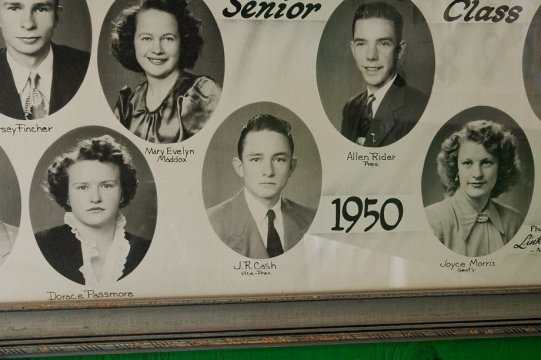 |
|
He worked on the family farm through the Great Depression, joined the Air Force and got married before pursuing a professional career in music. His hobby of singing and songwriting became a job in 1955, when he signed with Sun Records. Above, Cash is pictured, center, in his senior high school photo. |
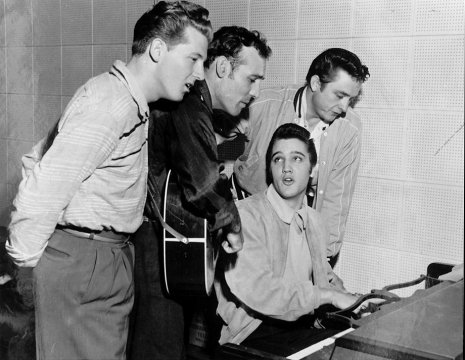 |
|
"Hey, Porter" and "Cry! Cry! Cry!", both songs that found mild success. He climbed to the top 5 tier on country charts with his second solo record, which featured "Folsom Prison Blues." Next came "I Walk the Line," one of his most memorable singles and his first chart topper. In 1956, Cash recorded an impromptu jam session with Elvis Presley Jerry Lee Lewis, left, and Carl Perkins, center. The songs, mostly gospel, were later released in the album "Million Dollar Quartet." |
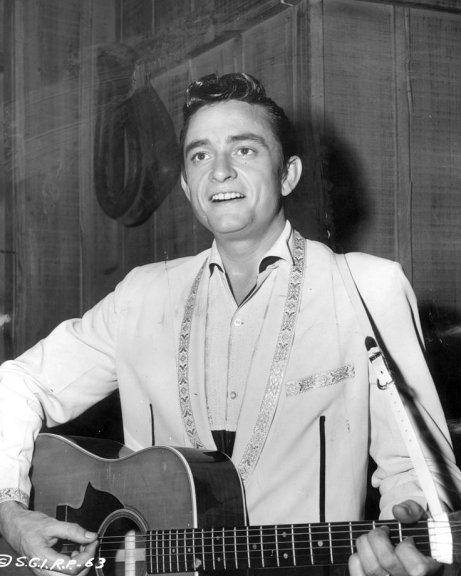 |
|
"Johnny Cash With His Hot and Blue Guitar" marked a milestone for Sun Records too, the first long-playing album recorded at that studio. |
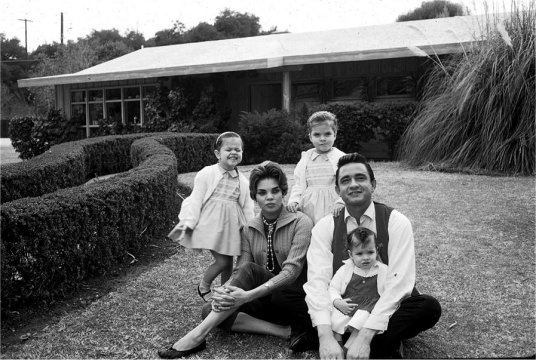 |
|
for a more lucrative deal with Columbia Records. Here he is pictured with first wife Vivian and daughters Kathy, left, Roseanne and Cindy that same year. Cash and Vivian divorced in 1966. |
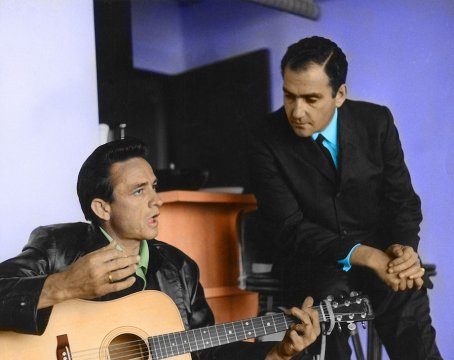 |
|
Throughout the early '60s, Cash began to drink heavily and grew addicted to the amphetamines he took to stay awake during concerts. During this time Cash toured with the Carter family, eventually falling in love with June Carter, his second-wife-to-be. |
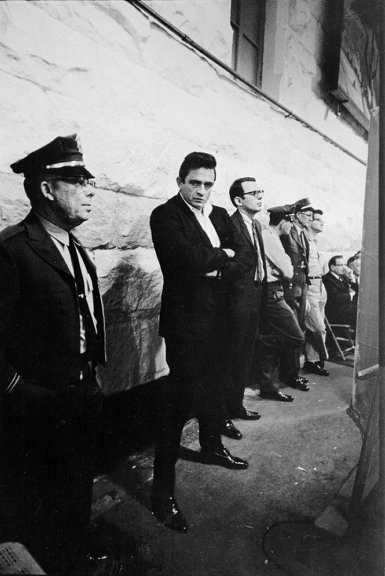 |
|
That same year he released a live album recorded within those prison walls. Cash, who harbored much compassion for inmates, started performing concerts at various prisons in the late 1950s. |
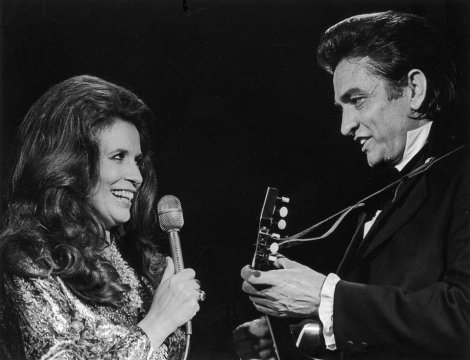 |
|
By Cash's side during his recovery, Carter refused to wed the star until he was drug-free. This 1975 file photo shows the couple performing a duet. |
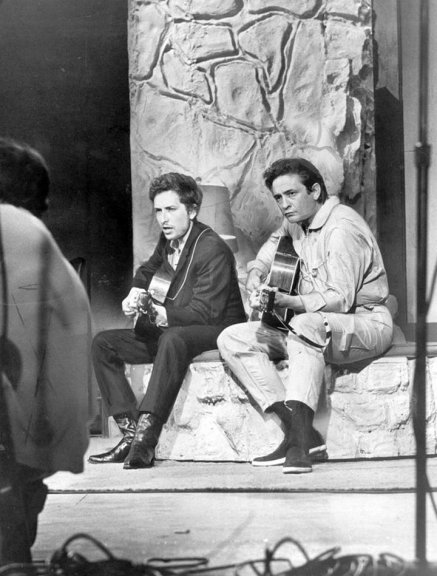 |
|
This picture depicts him performing with Bob Dylan during the premiere. Cash's friendship with Dylan deepened through the years, and the pair worked on a handful of collaborations together. |
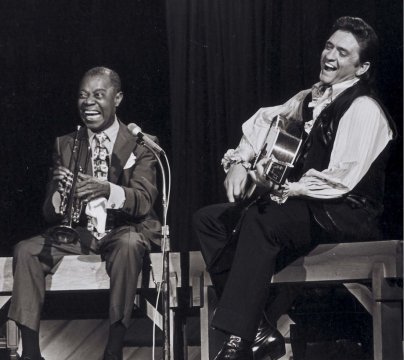 |
|
"The Johnny Cash Show's" three-year run, including Louis Armstrong (pictured), Neil Young and Ray Charles. |
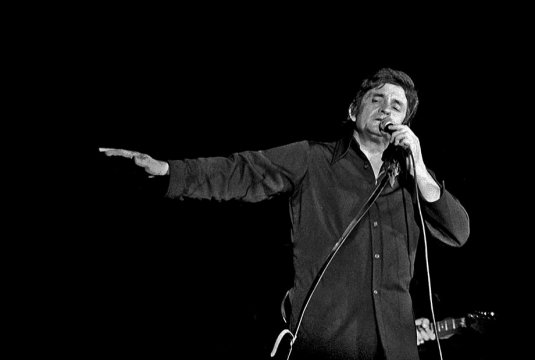 |
|
Cash wrote "Man in Black" in 1971 to comment on his concert dress: "We're doing mighty fine I do suppose / In our streak of lightning cars and fancy clothes / But just so we're reminded of the ones who are held back / Up front there ought to be a man in black." |
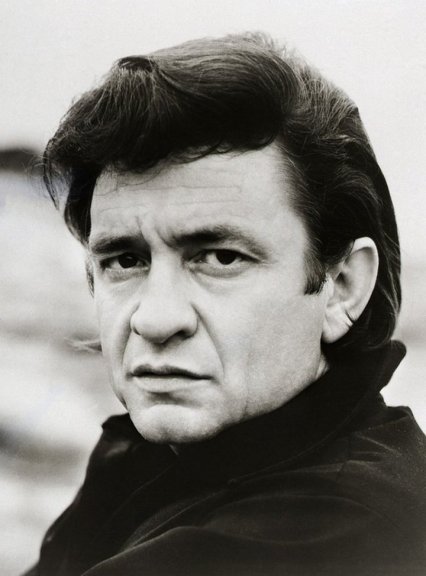 |
|
but his 1975 autobiography "Man in Black" sold over 1 million copies. He released a second, "Cash: The Autobiography," in 1979. He also made cameos in several television shows with his wife, including "Little House on the Prairie" and "Dr. Quinn, Medicine Woman." |
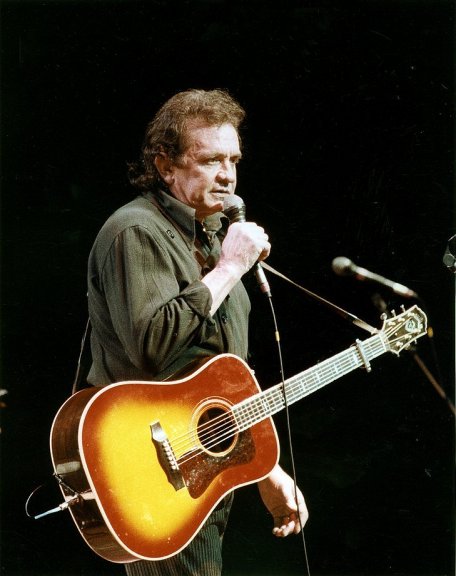 |
|
the Country Music Hall of Fame in 1980, but his career reached its lowest point during this time — a decade of unnoticed albums marred by double bypass surgery and relapse into drug addiction. Cash was also dropped from Columbia Records. His career was revitalized in 1990 when he crossed genres and found an audience outside of country, teaming up with bands like U2 and punk quintet One Bad Pig. This 1990 file photo shows Cash onstage in Chicago. Two years later, he was inducted into the Rock and Roll Hall of Fame. |
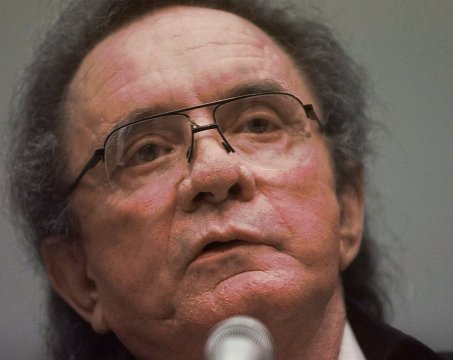 |
|
a disease of the autonomic nervous system. His last albums, "American III: Solitary Man" (2000) and "American IV: The Man Comes Around" (2002) reflect on the effects of his illness. |
 |
|
dozens of songs in the last months before his death. Shown above, from left, are Johnny Cash, John Carter Cash, Smokey Hormel and Rick Rubin during the recording of "American IV" at Rick Rubin's L.A. studio. |
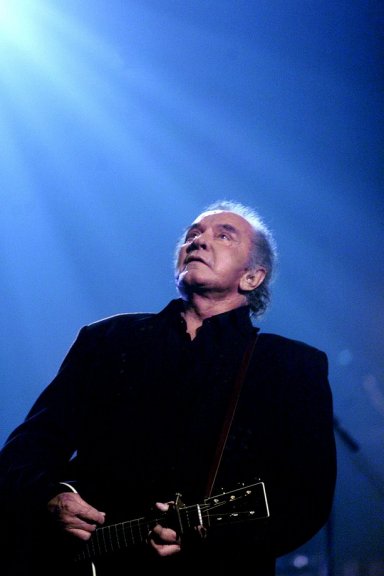 |
|
from complications of his diabetes. He was 71. |